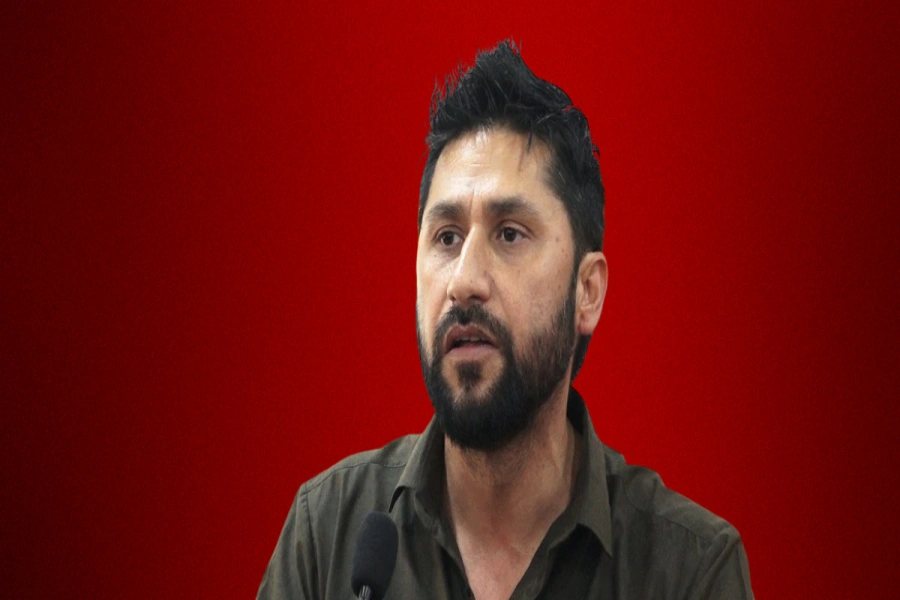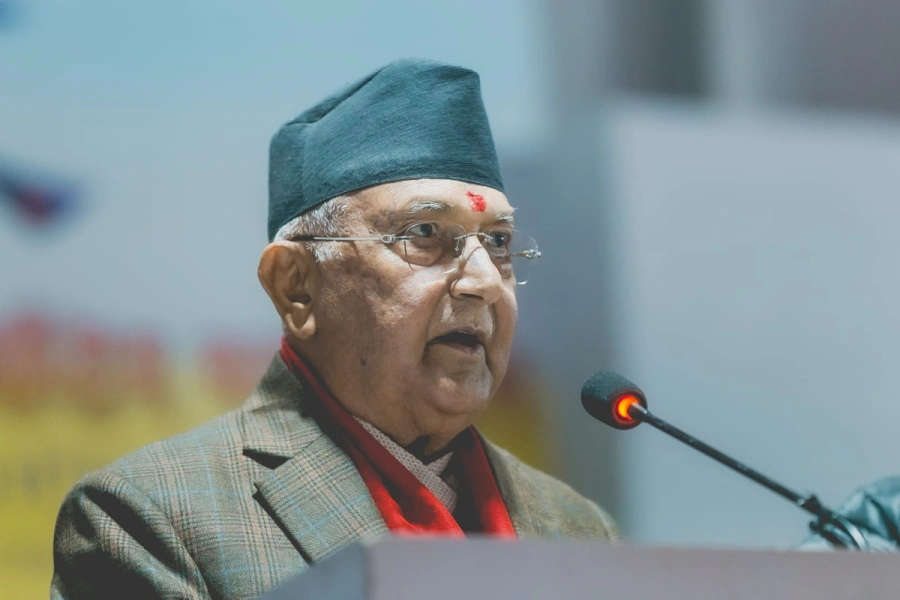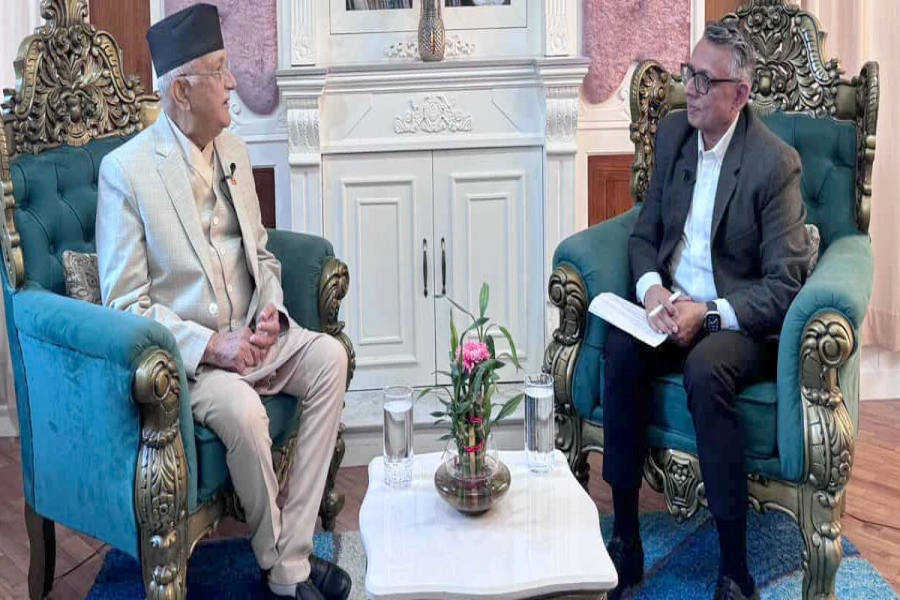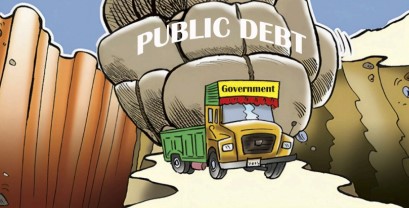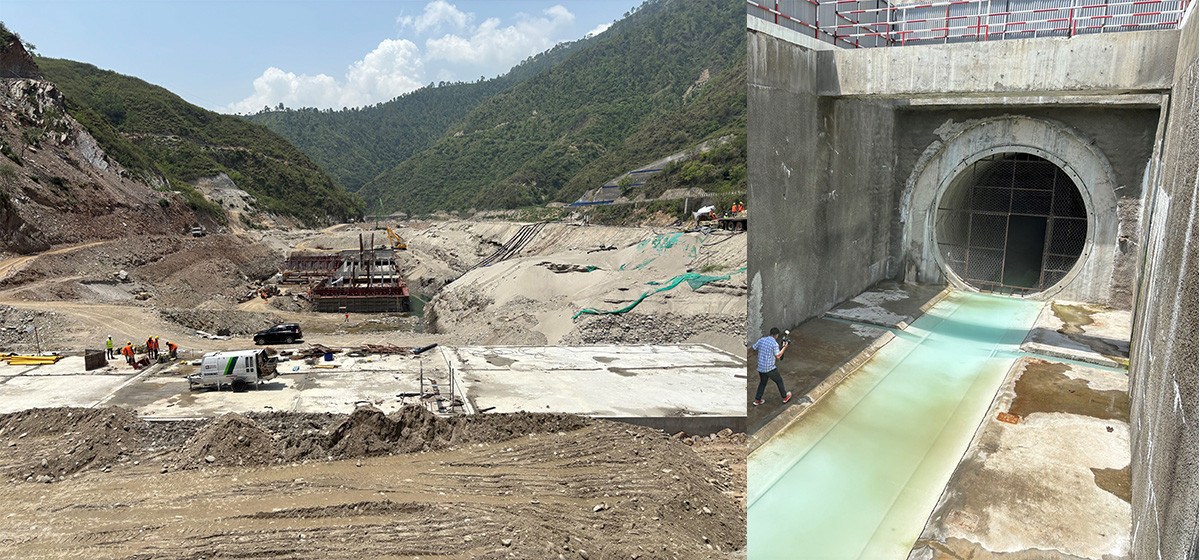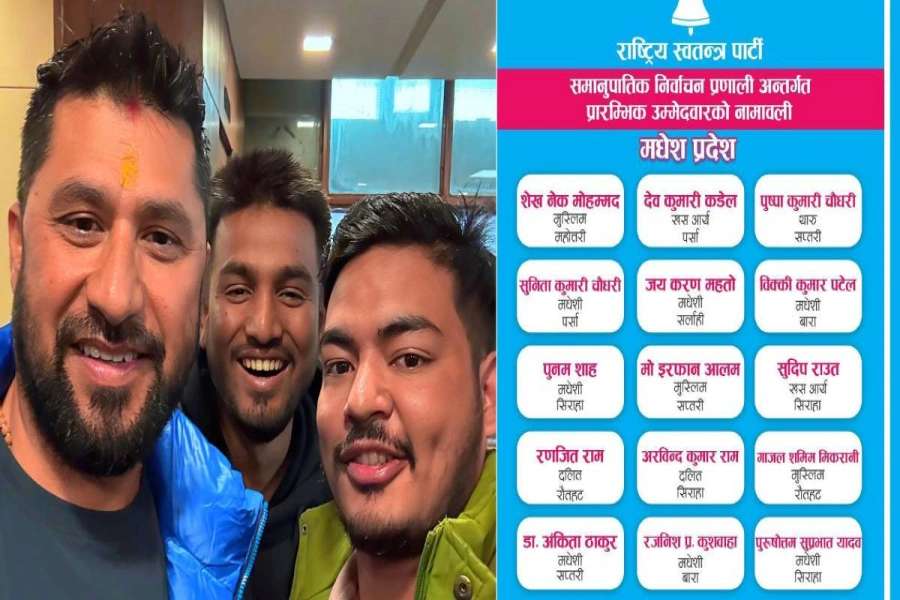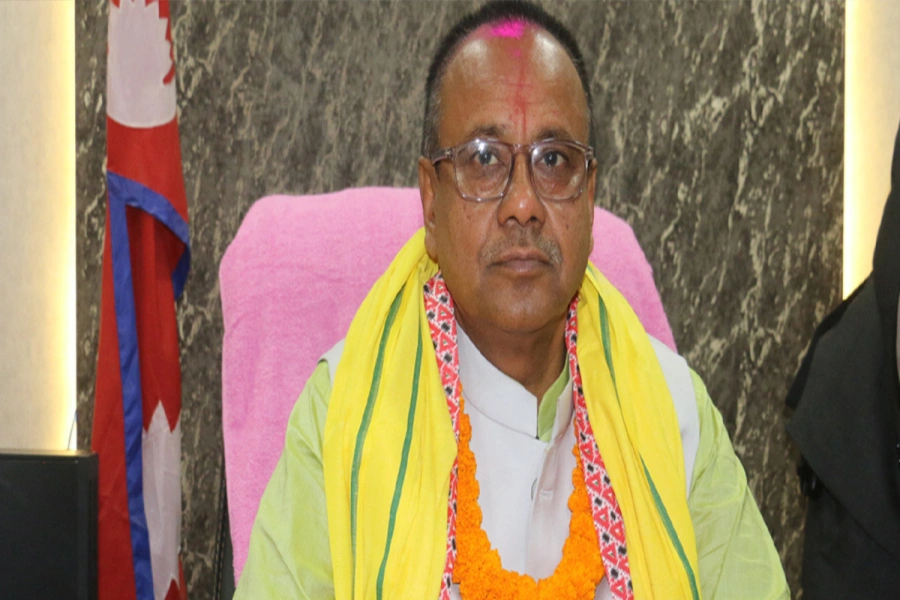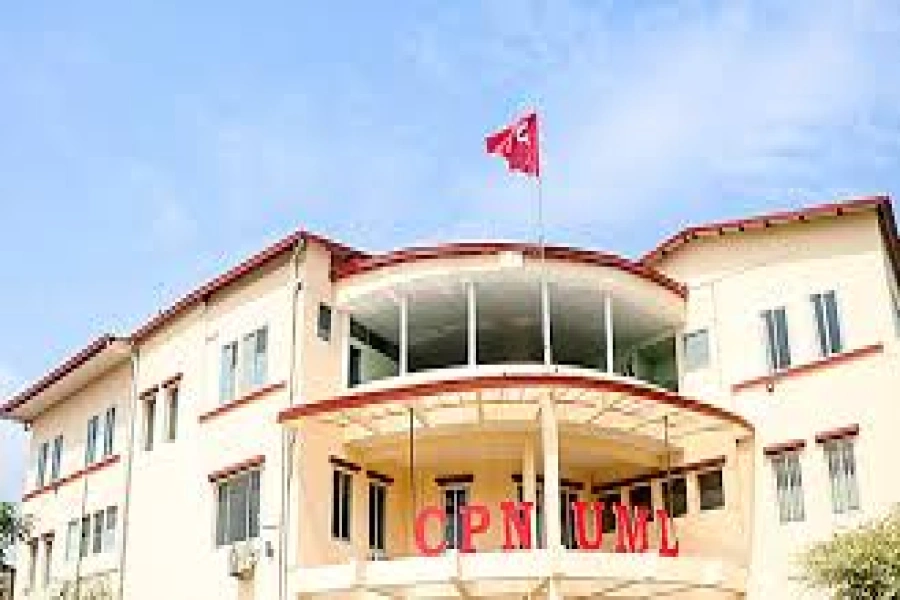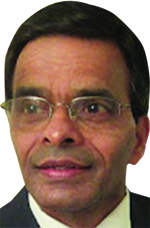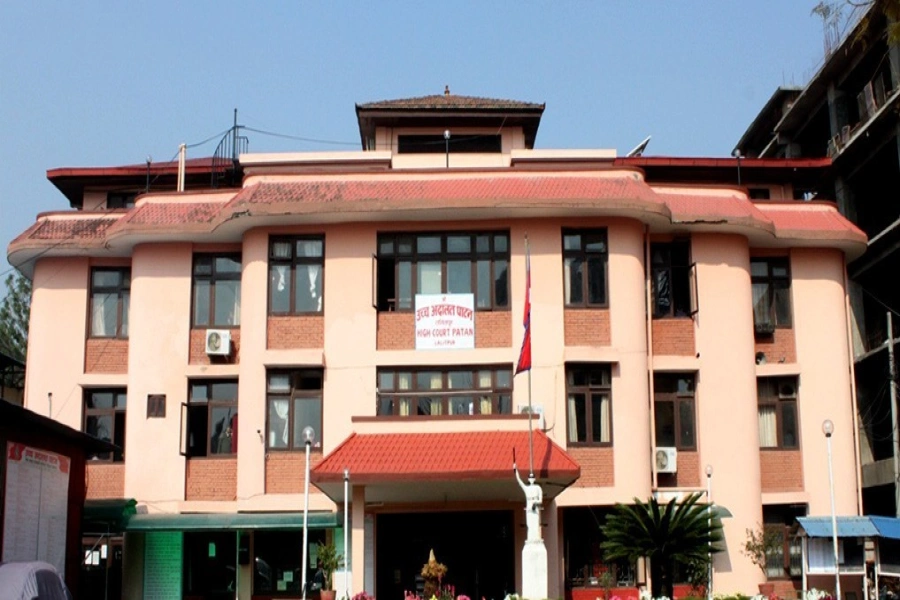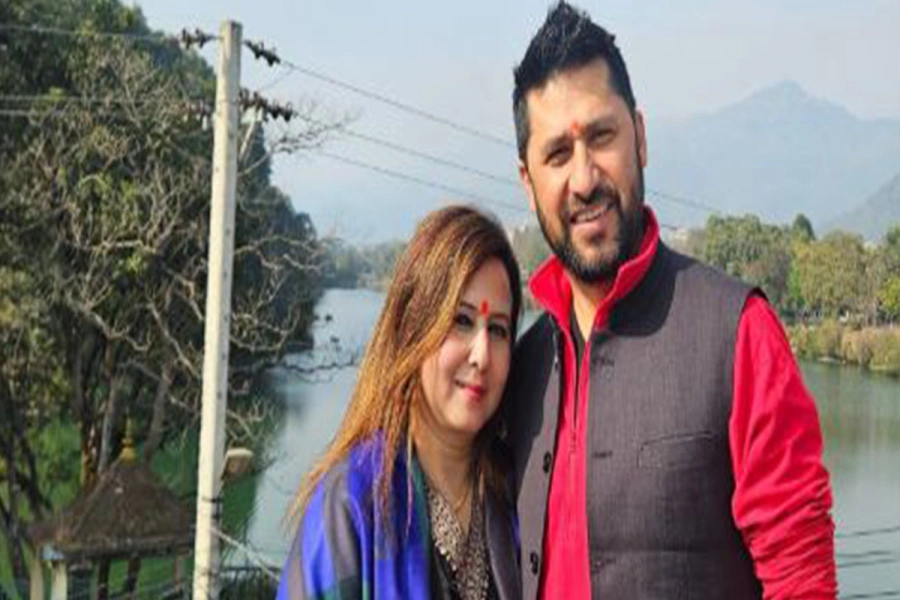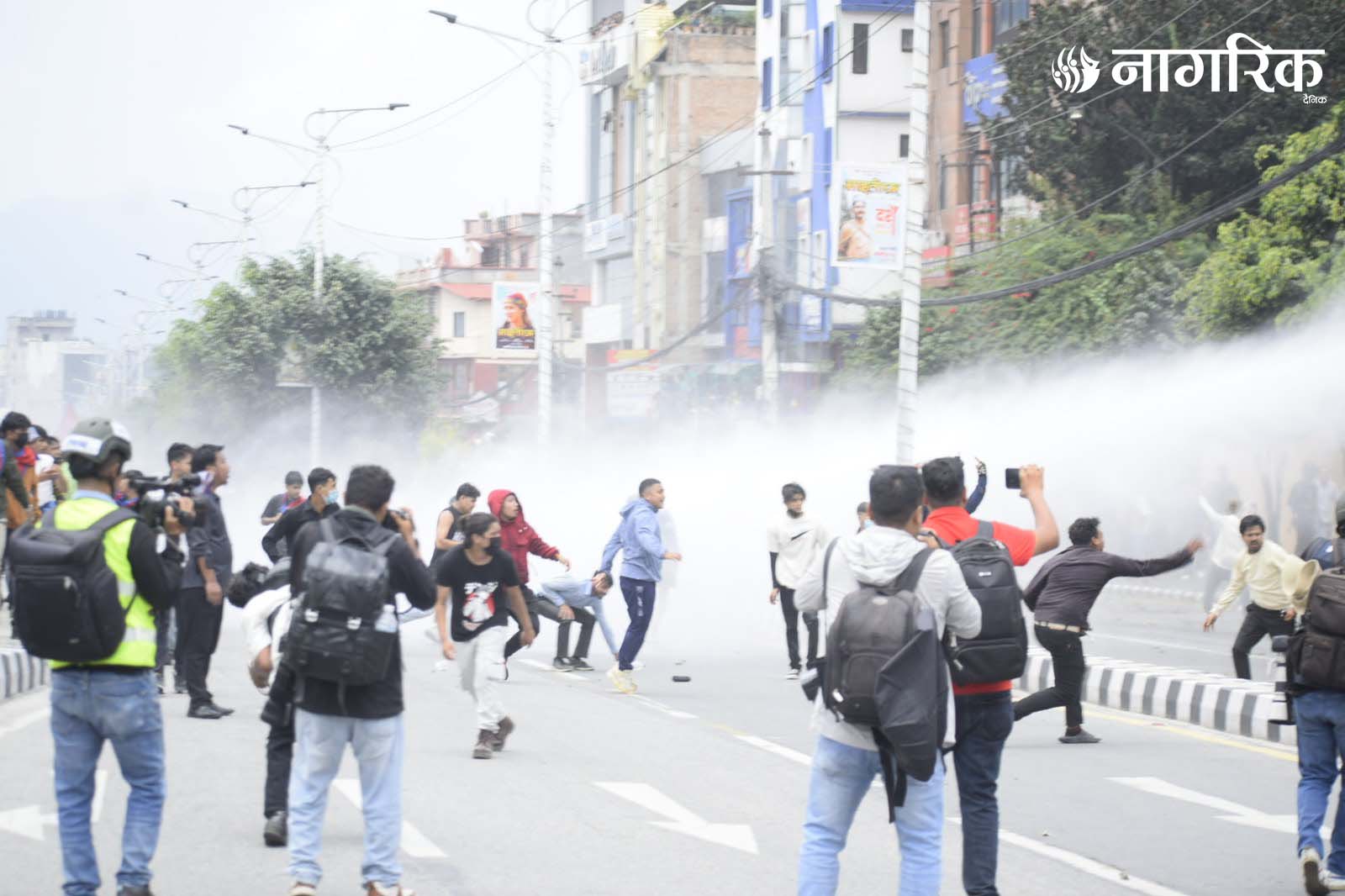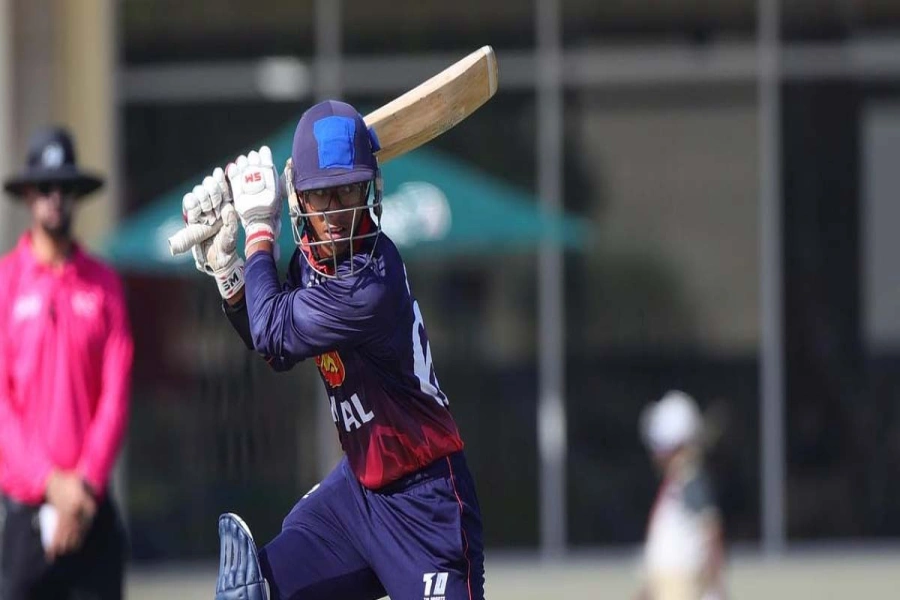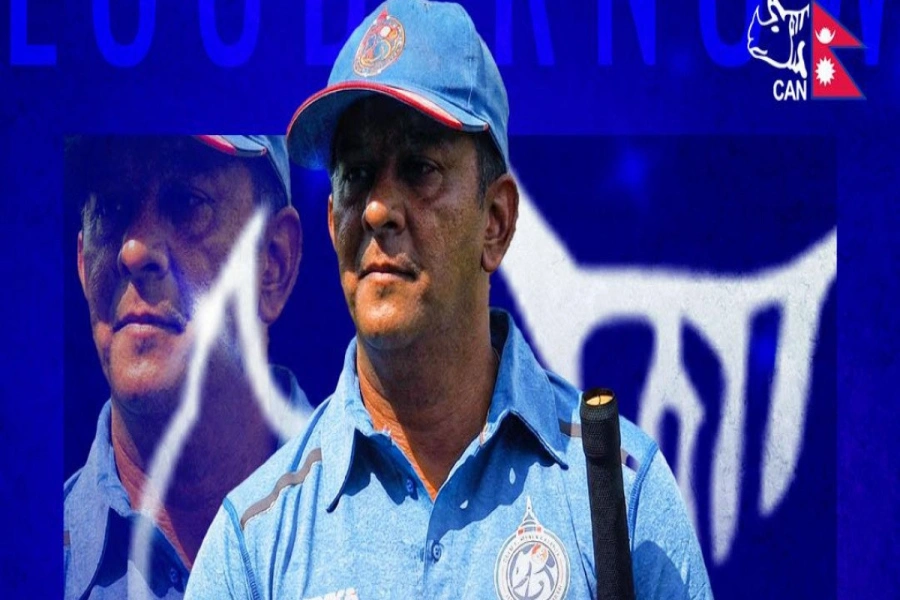With the onset of monsoon, communities across Nepal are preparing for both its benefit as well risks that come along. It is good news for farmers but at the same time it triggers floods and landslides which affect the majority of the population. Those living in flood-prone plains, riverbanks, or areas with poor infrastructure are the ones that are affected the most. Nepal’s evolving climatic changes demand a shift from response centric approach to inclusive preparedness strategies.
This year, the Department of Hydrology and Meteorology has forecast above-normal rainfall particularly in Lumbini, Karnali, and Gandaki Provinces. According to the National Seasonal Outlook for Monsoon Season June-September 2025, there are high chances of increasing extreme rainfall events. The department has urged organizations and local governments to integrate the forecasts into community-led interventions and municipal response plans.
Understanding Risk and Call to Early Action
The Government of Nepal has prepared a Monsoon Preparedness and Response Plan (MPRP) 2025 which is an important step towards early action. Nepal receives 80% of its annual rainfall during the monsoon season and it is noted that around 40 % of disasters occur during this period. Ram Bahadur K.C, Under Secretary at the National Disaster Risk Reduction Management Authority (NDRRMA) in a meeting held in May for preparing an action plan for MPRP highlighted the importance of not just having MPRP but its effective implementation to minimize the impact.
Monsoon reaches Kerala six days early, signals early arrival in...

Community-Led Preparedness: From Early Warnings to Local Drills
Different Civil Society Organizations (CSO’s) have invested their resources in developing flood resilience. They have been supporting communities and local governments in this regard. The backbone of monsoon preparedness is strengthening community-based early warning systems (EWS). Various tools like SMS alerts, Interactive Voice Response (IVR), door to door campaigns, using sirens among others are in practice. Additionally different organizations have been conducting simulation drills and training to local disaster management committees. Training courses are provided on different topics such as search and rescue, basic first aid, early warning and communication.
DRR expert Bimal Gadal, during a meeting for developing MPRP, shared that a woman was swept away by the Mahakali river during a mock drill in 2024 and participants were unable to rescue her, but a local person succeeded. Sharing the case, he emphasized the importance of local volunteers and a need for maintaining the records of trained volunteers.
The secret is to be prepared. Being prepared reduces risks to life, livelihood and property and supports speedy recovery after disaster. Additionally, this also helps the ones with limited resources and the vulnerable stay safe during disasters.
Local, Inclusive, and Action-Oriented Planning A Must
Community-led preparedness is the key to success. Planning and preparedness can give the best results only when it is grounded in a local context. At present, various organizations have been supporting the local governments to develop Local Disaster and Climate Resilience Framework (LDCRF), which supports communities to map risks, prepare for safety and evacuation and assign clear roles. It is clearly mentioned in this framework that marginalized groups, women and elderly should be given priority during disasters as they are the ones likely to face higher risks. The local organizations, the private sector, CSO’s and the government all should join hands together to minimize loss and damage during disasters.
Rain Comes but Readiness Matters
Monsoon arrives every year. Rainfall is both an opportunity and a risk, but it all depends on how prepared we are before its onset. Preparing MPRP alone is not enough. Strengthening monsoon preparedness at household level, community level and local government’s planning are all crucial for safer and resilient Nepal. The message is loud and clear that planning, coordination and community leadership saves life and property.
Together, let this monsoon not be a season of terror but a season of foresight. Every action we take today for preparedness builds the foundation for a more resilient tomorrow. The shift from a response centric approach to risk- informed, community- led preparedness is possible if stronger coordination and sustained investment is ensured.
When individuals are alert, communities have a preparedness plan and local governments are proactive, that’s how we turn risk into resilience. Monsoon comes every year but with readiness, we can be prepared and feel safer.
The author holds a doctoral degree in Development Communication and is an Influencing and Communication Specialist at Climate Resilience for Communities project of Mercy Corps.



